The 5 Best Used EV Cars You Can Get
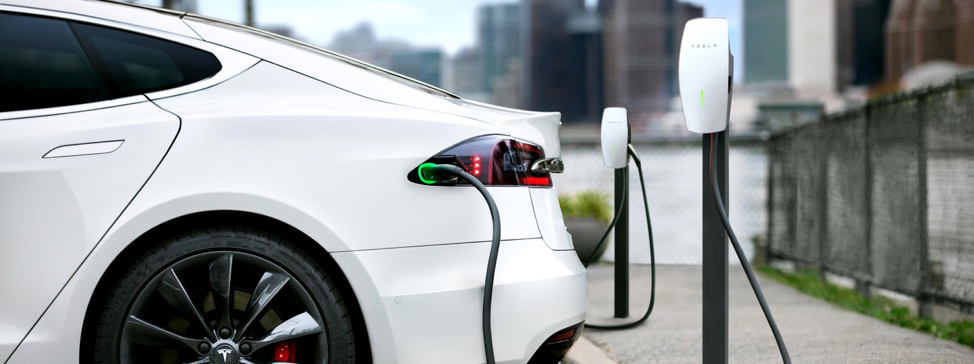
A Tesla getting a recharge. Source: Tesla.
Buying a used electric vehicle (EV) is like an environmental double whammy. You get to drive a more fuel-efficient vehicle while saving money and also avoiding the considerable resource costs that go into constructing a new car. Buying a used EV is a green decision in more ways than one.
But what kinds of EVs are best to buy used? What are the risks and rewards of buying a used EV? Today, that’s what we’re going to investigate.
Buying a Used EV Electric Car: Pros and Cons
EVs are expensive. We all know that. No matter how much we want to save the planet, those price tags can give you a bit of a shock.
But if you buy your EV used, going green doesn’t have to break the bank. There are some specific pros to buying a used EV, including:
- Environmental impact: an EV does not produce tailpipe emissions. A used EV, moreover, has already been built and does not require additional resources to be built.
- Value: EVs tend to lose value faster than comparable gas-powered cars do. A 4-year-old EV may have already lost 50% or more of its value. That’s bad for EV owners but great for prospective buyers.
- Better Condition: Because EVs tend to be driven less during their lives than gas-powered cars, and because their engines have fewer physically moving parts, a used EV will likely be in relatively good condition.
As for the cons, the first one should be obvious:
- Diminished battery capacity: the more an EV is driven, the more battery capacity is lost in the process. Luckily, battery capacity loss levels out before too long. Take Teslas, for example, Most data indicate that lithium-ion battery degradation is a negligible concern for Tesla owners. While a typical Tesla loses 5% of its energy capacity after the first 50,000 miles, its capacity then quickly levels off. At 160,000 miles, Teslas experience a mere 10% total battery degradation.
- Uncertain technology: Since most of these vehicles haven’t been around all that long, there is much less information about the durability and longevity of their parts and battery life.
All in all, a used EV can be a great driving investment. The environmental and financial benefits are substantial while the risks, at least based on the data we have now, appear to be quite manageable.
Source: Edmunds.
The 5 Best Used EVs Electric Cars Ranking
Now let’s check out some of the best choices for buying a used EV.
1. Nissan Leaf
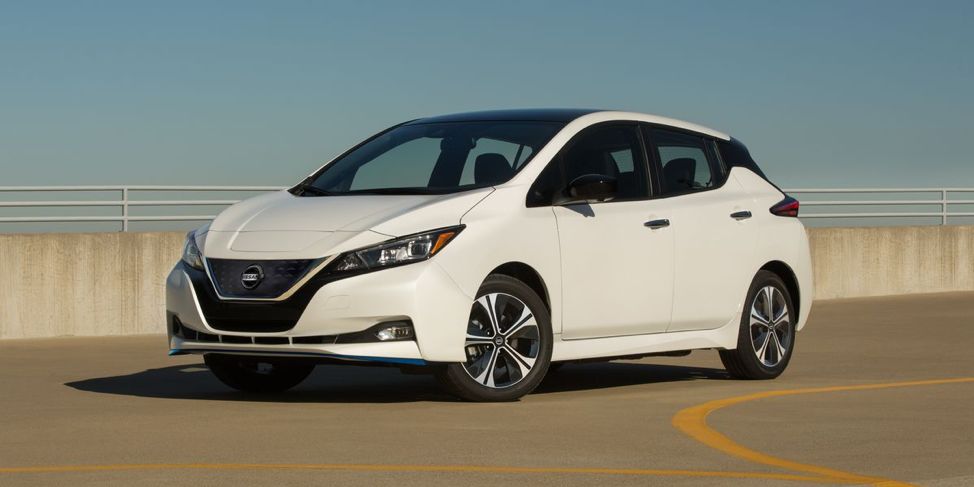
The Nissan Leaf. Source: Car and Driver.
The Leaf has a bit of a different look from other EVs out there. Whether that’s a good or bad thing is up to you. Regardless, if you see a used Leaf come up for sale in your area, it’d be well worth your time to snatch it up. It has long held the title of best-selling plug in electric car, only recently surpassed by the Tesla Model 3 in 2020.
The Leaf sports a 108-NP motor and comes in either 24 kWh or 30 kWh models. The Leaf is more spacious than most EVs out there, and as a result is also a bit bulkier. Just be aware that its speed tops out at around 93 mph.
Environmental Impact
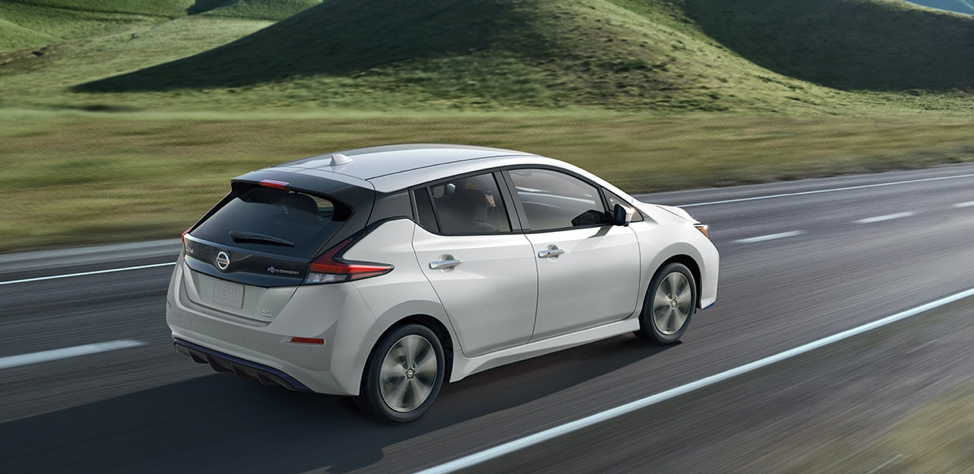
Source: Nissan USA.
According to a 2014 study by the Automotive Science Group (ASG), among advanced auto technologies, the Leaf sports the smallest life-cycle environmental footprint of any 2014 model automobile in North America with a minimum four-person occupancy. In short, the study found that the increased environmental impacts of manufacturing the battery electric technology is easily offset with increased environmental performance during operational life.
Knowing all that, buying a used Leaf is about the most environmentally conscious vehicle decision you can make (apart from just biking everywhere, we suppose).
CLICK HERE FOR A VIDEO REVIEW OF THE NISSAN LEAF.
Be aware that the Nissan Leaf from 2011–2012 appears to be a bit more susceptible to battery fade than other EVs. This is especially true if driven in hot climates. After 5 years, the Leaf battery will probably fade to 76% of its original capacity. However, if you just get a used Leaf from 2014 on, this shouldn’t be a problem.
Sources: Nissan; Inside EVs; Edmunds.
2. Tesla Model S
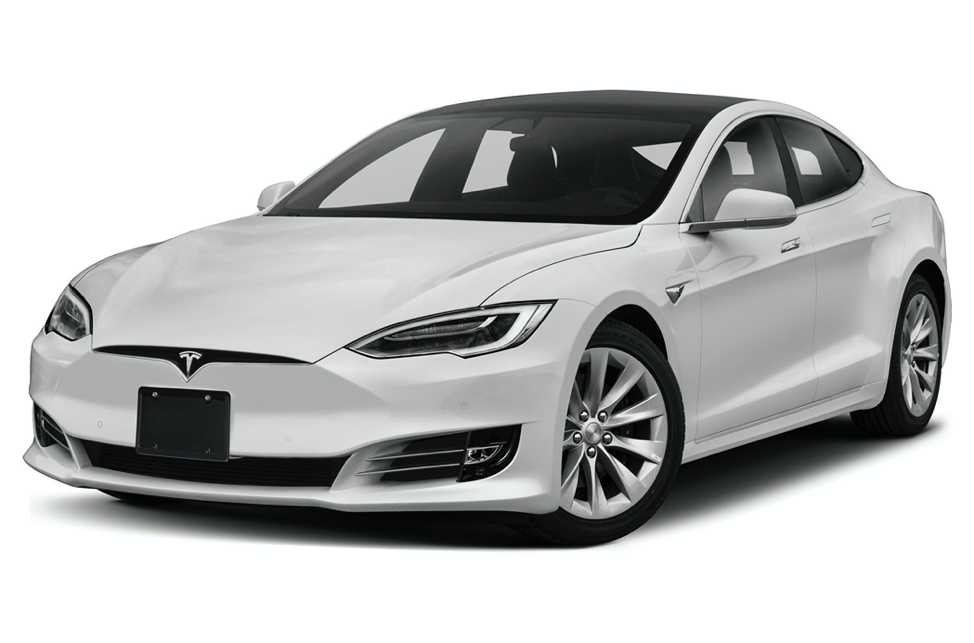
The Tesla Model S, in all its futuristic glory. Source: Autoblog.
Yeah, we know. “A Tesla at number two on a best EV list?! Sacrilege!” you might say. Well trust us, we love Teslas as much as the next electro-gearhead out there. Really, these top two slots could go either way.
CLICK HERE FOR A VIDEO OVERVIEW OF THE TESLA MODEL S.
Among a brand whose name is synonymous with EVs, the Model S takes the crown. Unlike other EVs that were, in essence, gasoline-powered cars reengineered to run on an electric motor, the Tesla Model S was designed from the ground up with an electric powertrain in mind.
According to Kelley Blue Book, “The charming lack of engine noise … and cornering abilities that far exceed most vehicles.” They added that the Model S is “basically a bundle of features including automatic parking, the “summon” function, autopilot navigating,” and more. “The long-range Model S performance offers an estimated 315-mile range and a 0–60 time of 3 seconds!” Don’t even get them started on Ludicrous Mode.
Environmental Impact
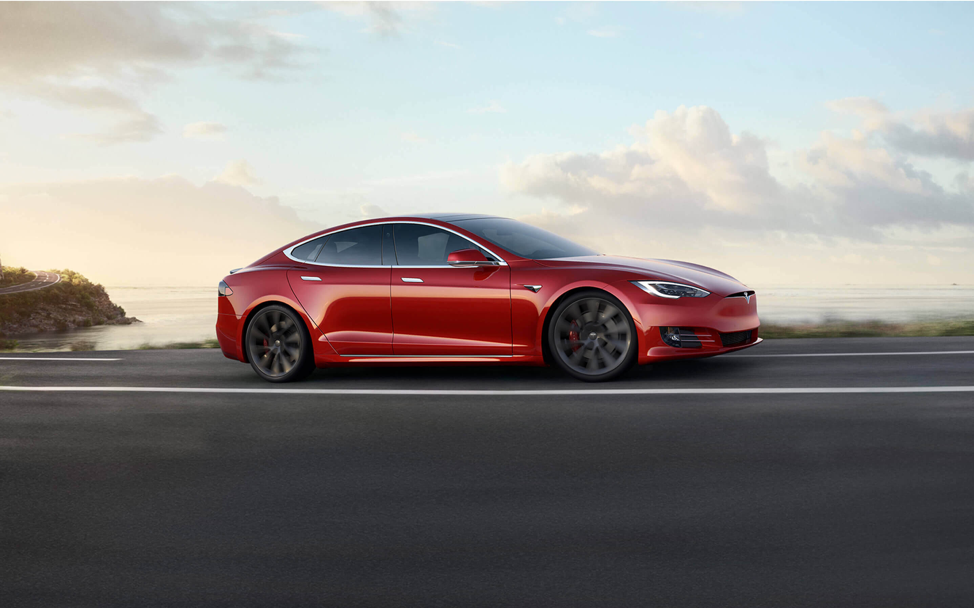
Source: Tesla.
According to the Automotive Science Group, the Model S is the best environmental performer in the category of full-size cars. Analyzing the environmental footprint across the car’s entire life cycle, ASG concluded that the increased environmental performance of the Model S more than made up for the adverse impacts of manufacturing the car.
While still beaten out by the Nissan Leaf in terms of life-cycle impact, the Tesla Model S is nevertheless a very environmentally conscious vehicle.
Affordability
Obviously, the Model S is pricey. A new one will easily run in the six-figure range. However, there are several versions of the Model S, each with different equipment, energy capacity, and motor size.
Additionally, the constant stream of upgrades and new features released for the Model S over the years creates a window of opportunity to get an older Model S (relatively) cheap.
Sources: Tesla; Car Magazine; Inside EVs; Kelley Blue Book.
3. Tesla Model 3
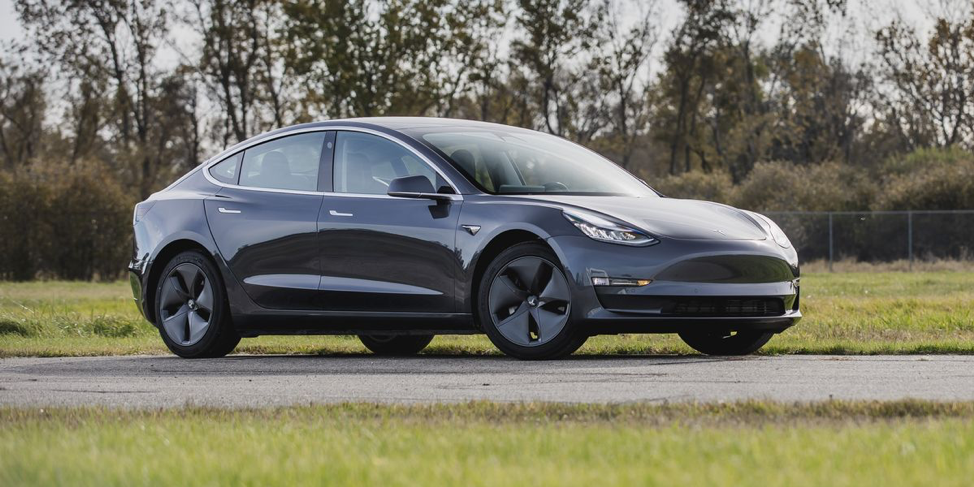
The Tesla Model 3. Source: Car and Driver.
The Model 3 is another excellent used EV choice. It is generally more affordable than the Model S and is widely known as the car that brought EV to the middle class. If you get a base 2017 Model 3, it’ll have a 50-kWh battery with a range of about 220 miles. It might have the optional 75-kWh battery with a range of about 310 miles. Its duel-motor all-wheel drive gives the Model 3 excellent torque and handling.
CLICK HERE FOR A VIDEO GUIDE TO THE TESLA MODEL 3.
As for charging, if you have the recommended NEMA 14-50 charger (208–250-volt outlet with 50-amp circuit breaker), your Tesla will charge at a rate of 20–30 miles per hour.

Charging rates for Tesla models with the NEMA 14–50. Source: Tesla Charging Guide.
Since the Tesla Model 3 gets 322 miles per charge (up to 350 in recent tests), it will fully charge in about 11 hours. By default, Teslas stop charging at around 90%, so the time to a “full” 90% charge will be slightly less than this.
Again, like the Model S, Tesla’s penchant for releasing upgrades constantly means that there are some older Teslas floating around the used EV market at relatively low prices.
4. Volkswagen e-Golf
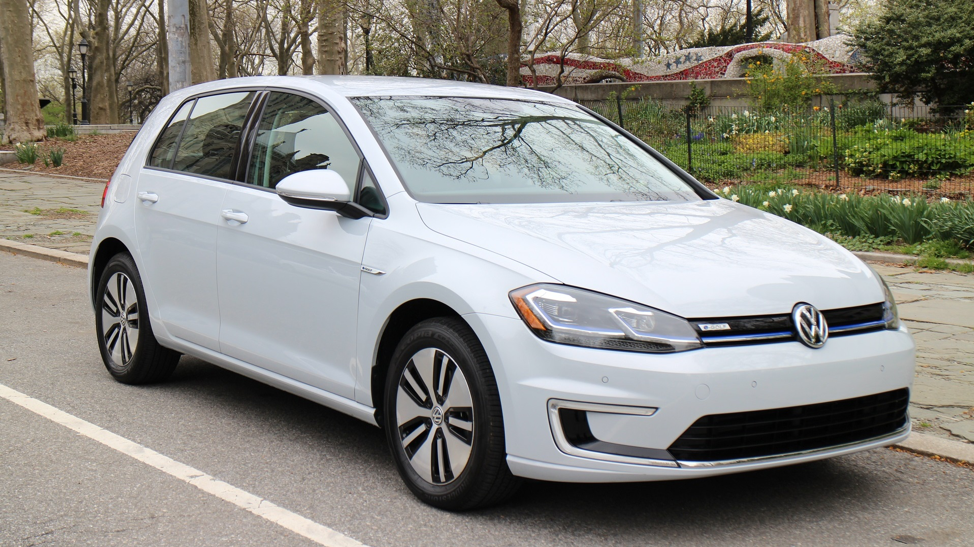
Source: Green Car Reports.
The e-Golf is VW’s premier electric vehicle offering. As its name suggests, it is an EV conversion of the existing VW Golf, and hardly looks any different from the original version. It truly is the most modest choice as far as top-quality EVs go and avoids looking especially futuristic or space-agey.
CLICK HERE FOR A VIDEO REVIEW OF THE VOLKSWAGEN E-GOLF.
With its 35.8kWh battery and 134bhp motor, the e-Golf’s range is a bit limited. It is capable of 0-62 MPH in less than 10 seconds and can make it 168 miles on a full charge.
According to the experts at Carwow, the e-Golf “is a pretty good value for your money … it’s a bit jerky when changing gears and pulling away, but [apart from that] it’s all super smooth and you get really quick response from the electric motor.” They added that “the motor actually acts in reverse to recoup energy and put it back into the battery.”
They added that the e-Golf “is about to become obsolete, but that could play into your favor as there’s some amazing deals to be had. So, if you don’t need all that extra range, it could work out well for you!”
Sources: Volkswagen; Carwow.
5. BMW i3
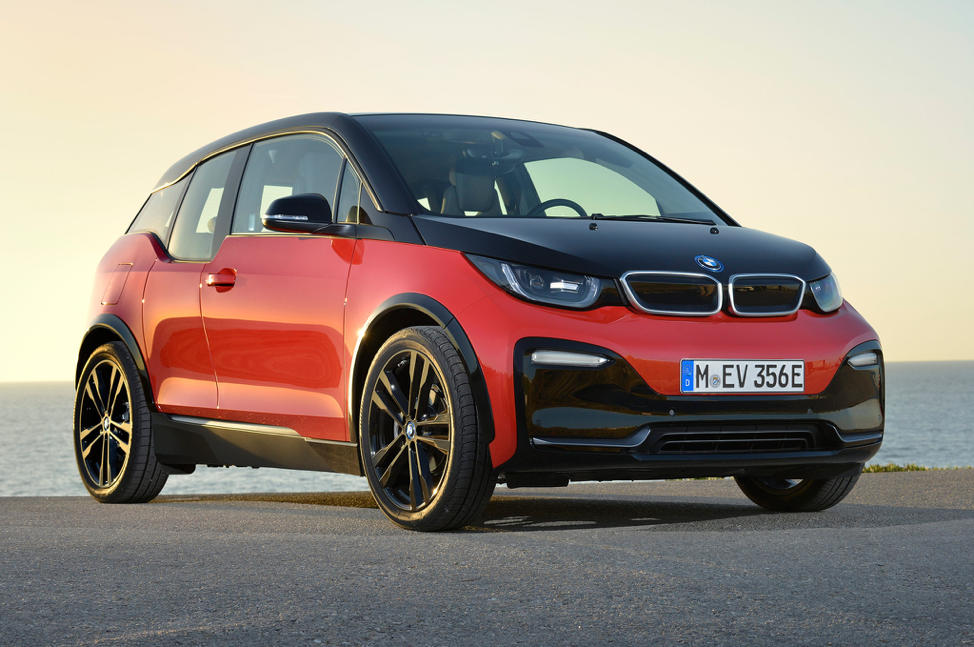
The BMW i3. Source: Motortrend.
Admittedly, the i3 doesn’t look a lot like other BMWs out there. That’s because it’s a B-class high-roof hatchback EV that also includes an optional gas engine for emergencies or extended range. The i3 was launched in BMW’s i sub-brand of EVs in 2011. The i3 is notable because it has experienced up to 70% depreciation rates and may be an excellent bargain if bought used.
CLICK HERE FOR A VIDEO EXPLANATION OF THE i3 AND WHY YOU MAY WANT TO BUY A USED I3.
The i3 features a carbon-fiber construction with natural interior materials and an exposed carbon-weave underline. While its battery is relatively small at 22kWh, it’ll still get you where you need to go and also be a pretty quick recharge. The gas engine is always there if you need it. Also, its 168-HP engine is pretty impressive as far as small EVs like this one go.
It’ll reach 62mph in 7.2 seconds and is extremely easy to maneuver. Later models include the 33kWh ‘94Ah’, with increased range and DC fast charging, and the i3 S with sport suspension, sharper handling and 6.9-second 62mph sprint.
Affordability
According to Motortrend, the BMW i3 is a bit overpriced for its market segment at $47,500. While this may be true, it’s all the more reason to snatch up a used i3 when you get the chance. You’ll have a smooth, reliable, and quick-charge EV that’ll be great for driving around the town.
Sources: Motortrend; Car Magazine; Sam CarLegion.




















